From the first pages of Tama Matsuoka Wong’s new book Into the Weeds: How to Garden Like a Forager, which opens with a Joni Mitchell quote and a meditation on Wong’s mother’s death, the reader is swept up in a wild and visionary way of gardening.
A former securities lawyer who traveled the world for her career, Wong became acutely interested in plants after moving back to her home state of New Jersey. An enthusiasm for what was growing on her 28 acres led Wong to begin foraging ingredients for chefs, and eventually to abandon her day job to become a master forager. (Wong has previously co-written cookbooks about foraging).
After experiencing frustration with conventional gardening and all the weeding it requires, and watching plants fail, Wong developed her own style of gardening that is deeply informed by her work as a forager. She was inspired to write this book about her method during the stay-at-home period of the pandemic (and after her mother’s death) because she says she had the time and emotions to write it. But also because, she tells us, “When I looked around, there was an absence—the things that I was trying to say, the way I was doing things, they weren’t out there.”
Wong says that many gardening books promote a “wild” garden style, but “what they really mean is planting and designing something so that it will mimic nature.” Whereas, Wong’s style of gardening is nature. “I’m letting the garden be much more the way it wants to be instead of trying to implant some kind of design onto it.” It’s difficult to distill Wong’s unique forager-gardener philosophy, but here are some of the principles of gardening like a forager that she lays out in Into the Weeds:
Photography by Ngoc Minh Ngo for Into The Weeds.
Start by paying attention.
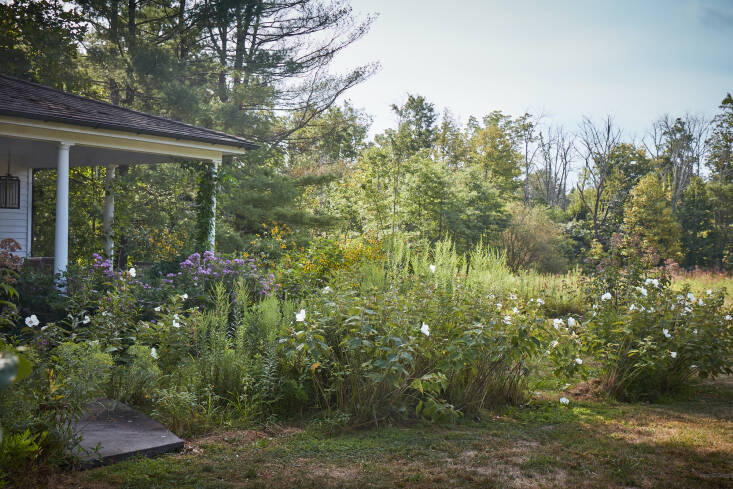
Wong reminds us that every patch of land is unique, and gardening like a forager begins with observation of what is already growing on the land you steward. “Plants will thrive where they want to be,” she says, citing the example of a thriving grove of pawpaws that sprouted up in her compost heap. (Wong left the saplings to grow and moved the compost.)
Rewilding doesn’t mean doing nothing.
According to Wong, rewilding your land means rethinking how we garden and seeing ourselves as stewards of the land. Instead of trying to tame the land, Wong listens to it and works with what nature has already set into motion, encouraging plants that she wants to keep, and editing out ones that are highly invasive or otherwise undesired.
Blur the boundaries.
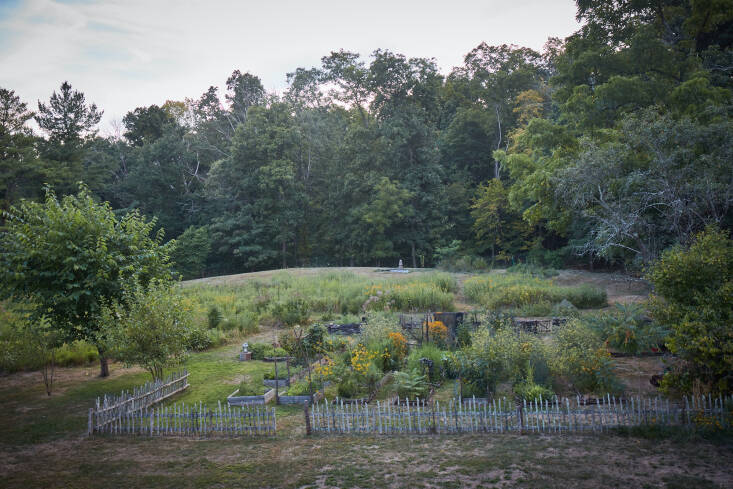
Looking out on Wong’s garden, it’s hard to tell where the garden ends and the wilderness begins–and that is intentional. “Instead of creating boundaries between wild and not wild, I like letting plants merge next to each other. I don’t need to impose hard lines demarking my garden, whether by hardscape, mulching, plastic weed control, or chemical eradication,” writes Wong of her approach to gardening.
But mark some edges.
While Wong lets the borders between her yard and the wild area get fuzzy, she purposefully marks boundaries around patches of wild plants that she wishes to keep. “Outlining these spaces can give a tiny bit of structure to a wild and sprawling garden, especially in the height of the season when things are growing like weeds,” says Wong.
Embrace wild wood.
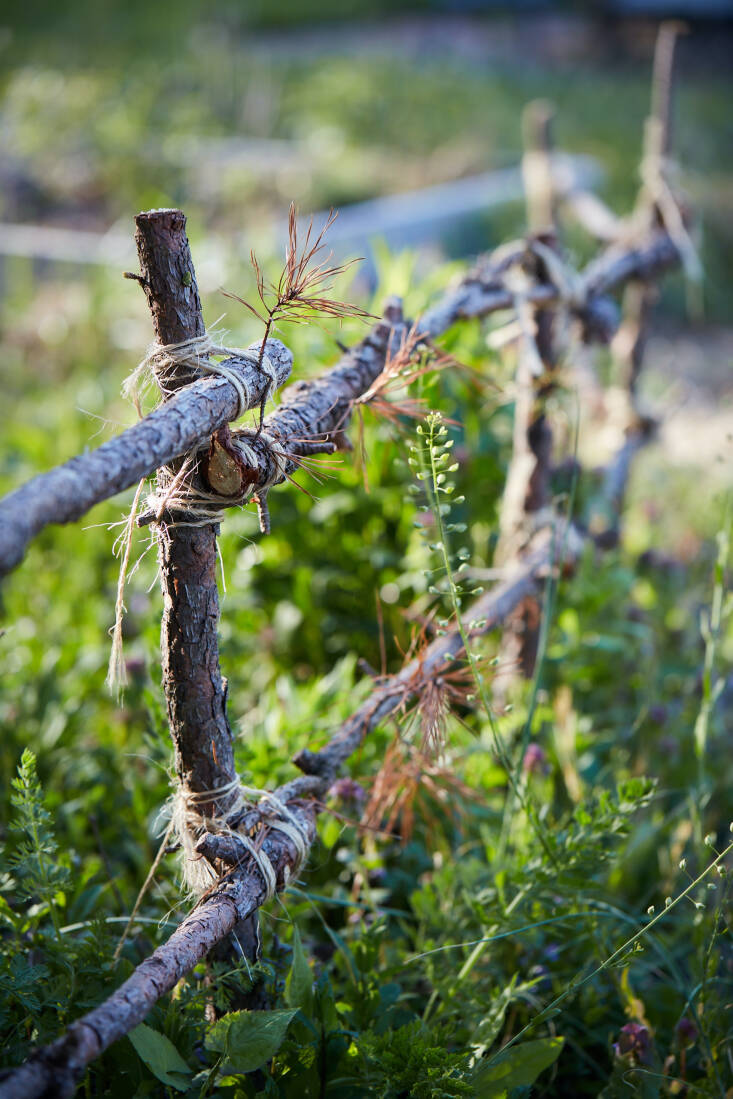
Instead of buying fencing at the home improvement store, Wong forages “wild wood” to make fences, borders, and gates in her garden, creating her own woven wattle and open-lashed edging using wood and vines found on her property. The wild wood is in harmony with her untamed aesthetic and will eventually nourish the soil when it breaks down—it’s also eminently affordable.
Rethink your vegetable beds.
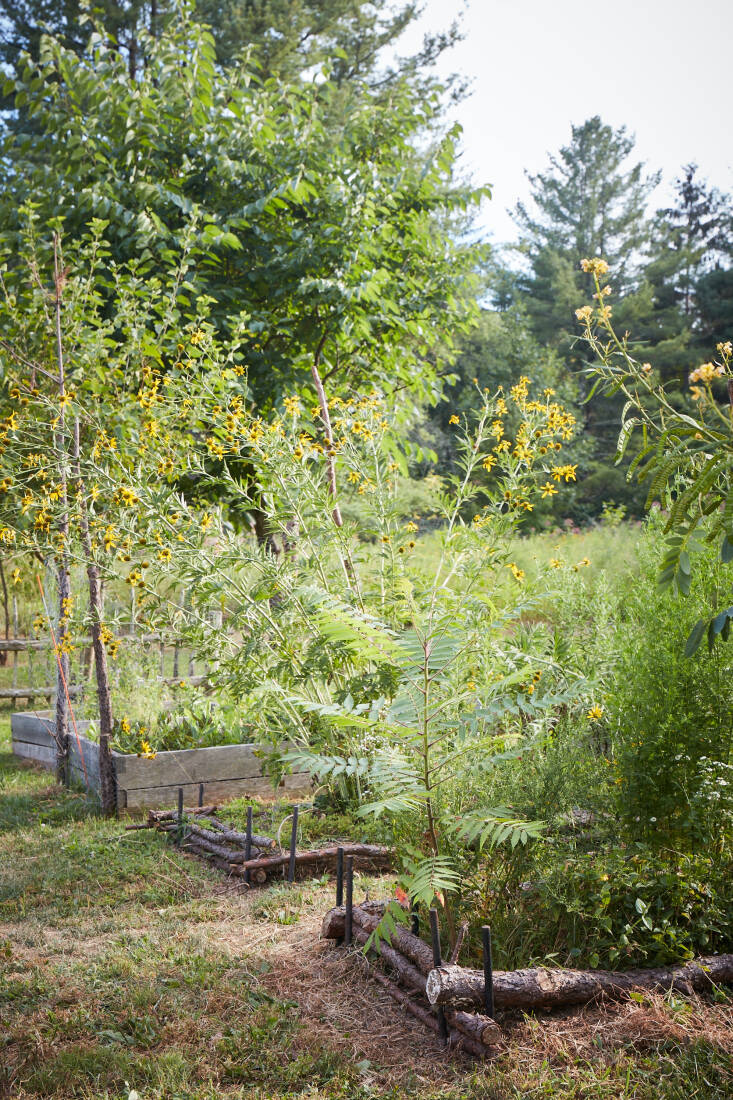
Wong cultivates many edible plants in beds, but she mixes them with two types of wild plants: Familiar foraging plants and native plants that are not edible but add other benefits, like milkweed and mountain mint. “These beds are a dazzling array of diversity,” she writes. “A mixed blend of natives and nonnatives, perennials, annuals, and biannuals.”
While Wong admits her forager’s approach to gardening is unconventional, she also believes that as weather becomes more extreme and unpredictable, it will be more difficult to maintain large areas in a maintained, manicured way. “I think this is where things are heading, but for now, it’s for people who are kind of like me—they’re frustrated, failed gardeners,” Wong says. “This book is for the people that can’t garden the way garden books are supposed to inspire us to garden.”
For more recently published books to check out, see:
- 5 Tips to Try from ‘A Year Full of Pots,’ Sarah Raven’s New Book
- ‘Garden Wonderland’: Leslie Bennett’s New Book Shares the Secrets to Designing a Magical Garden
- How to Grow Tulips That Come Back Year After Year, With Polly Nicholson
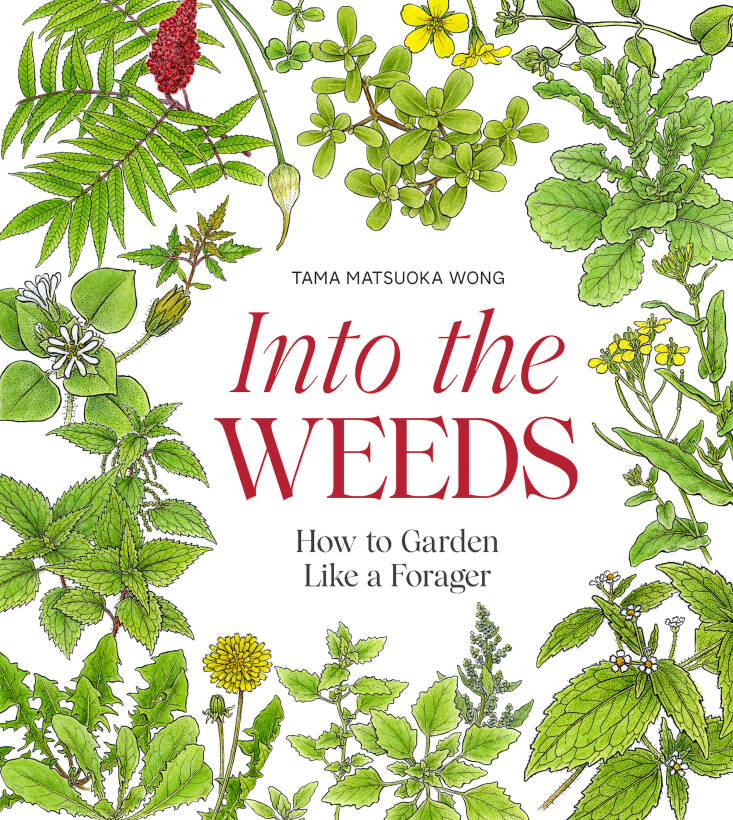
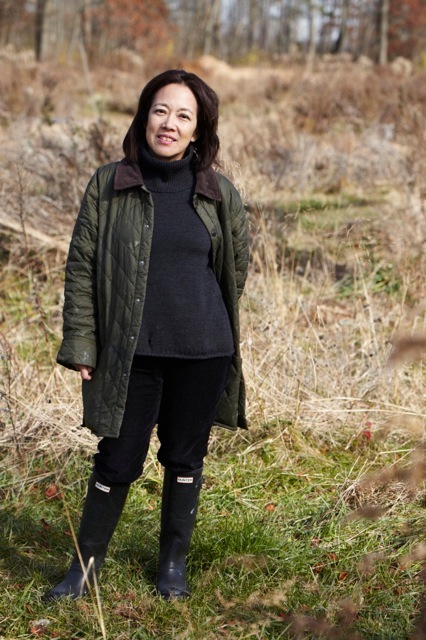
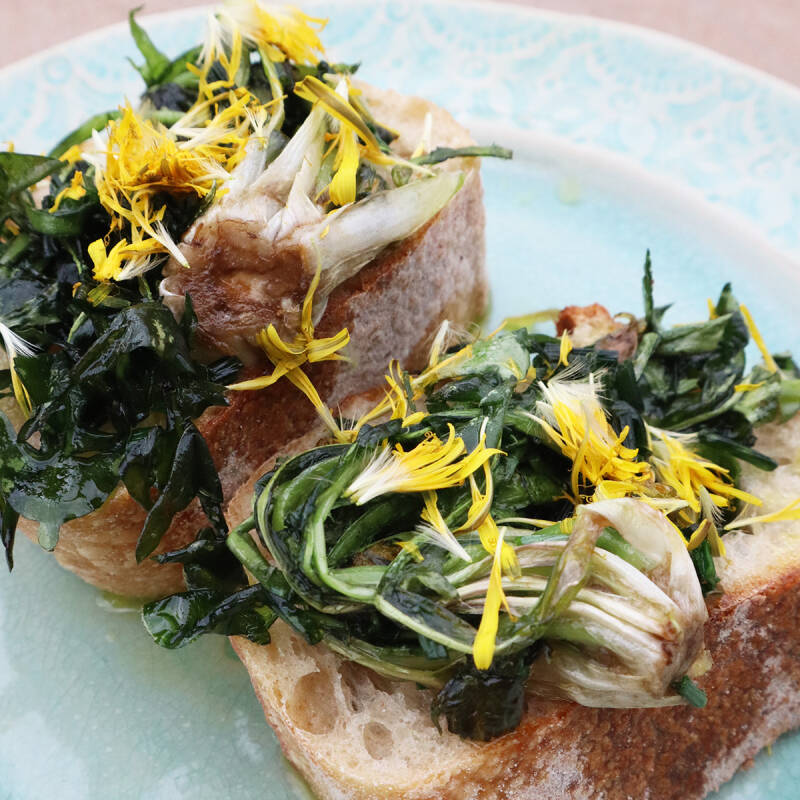
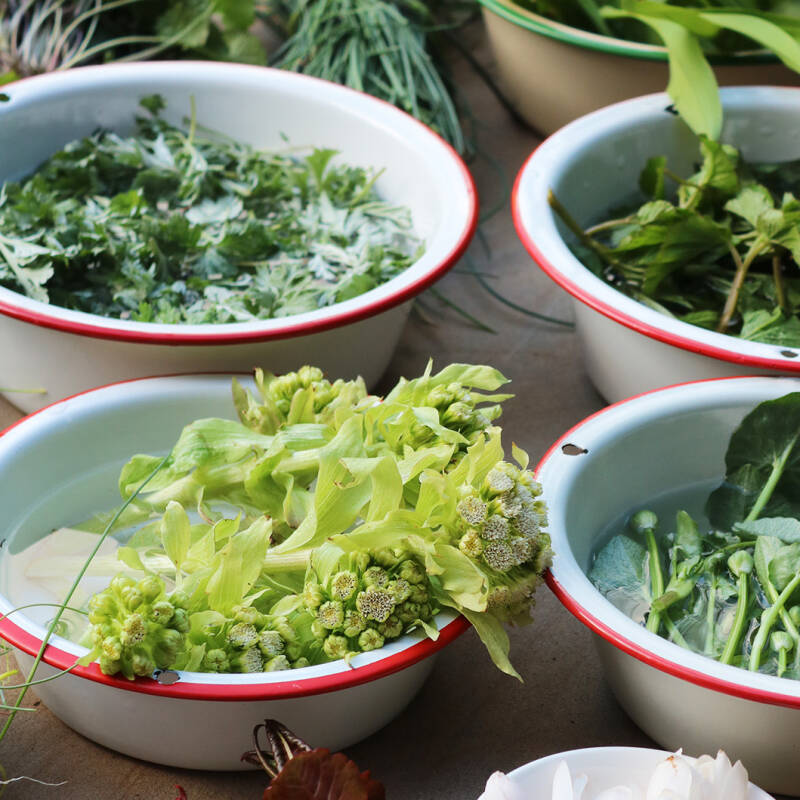
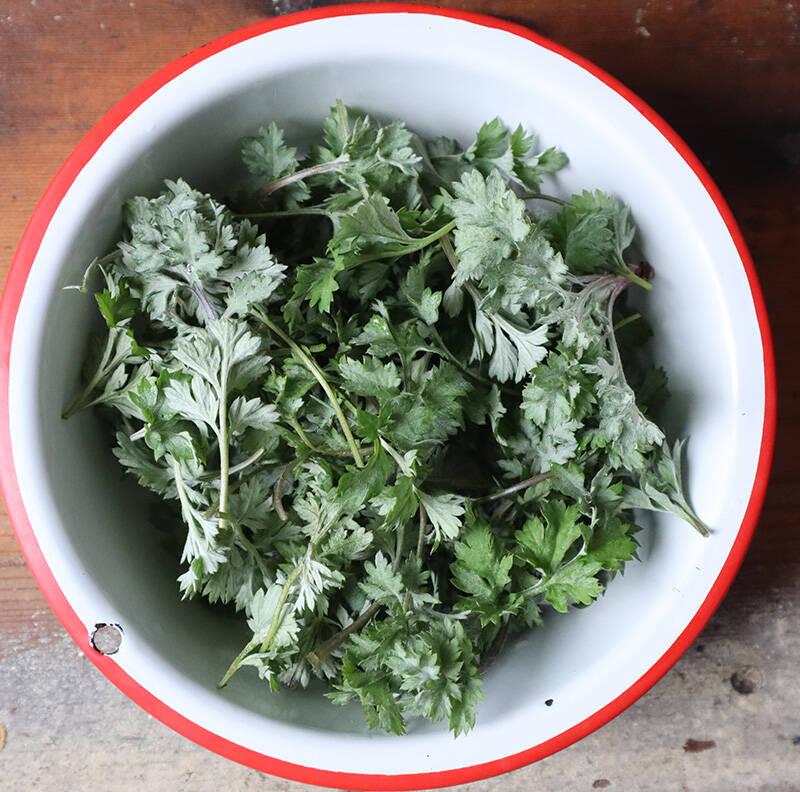




Have a Question or Comment About This Post?
Join the conversation